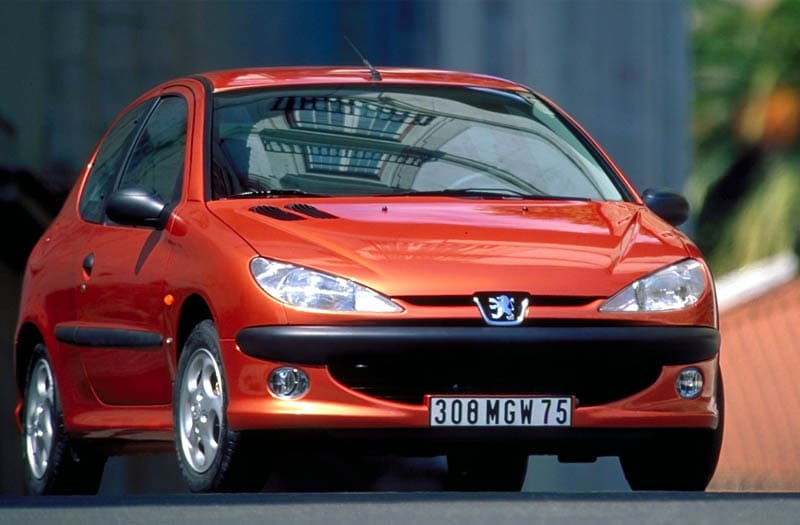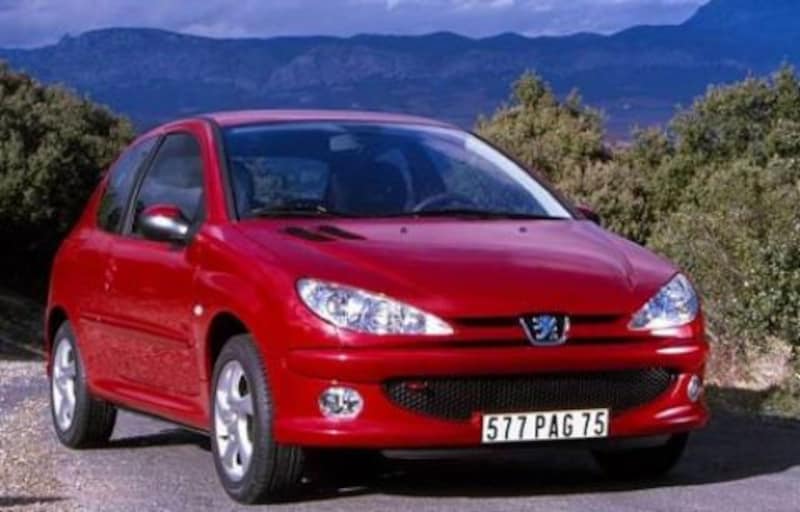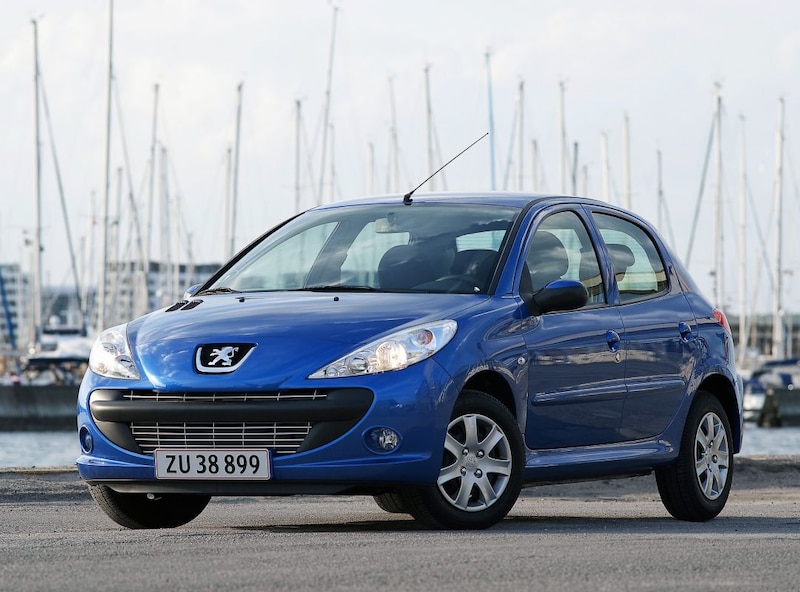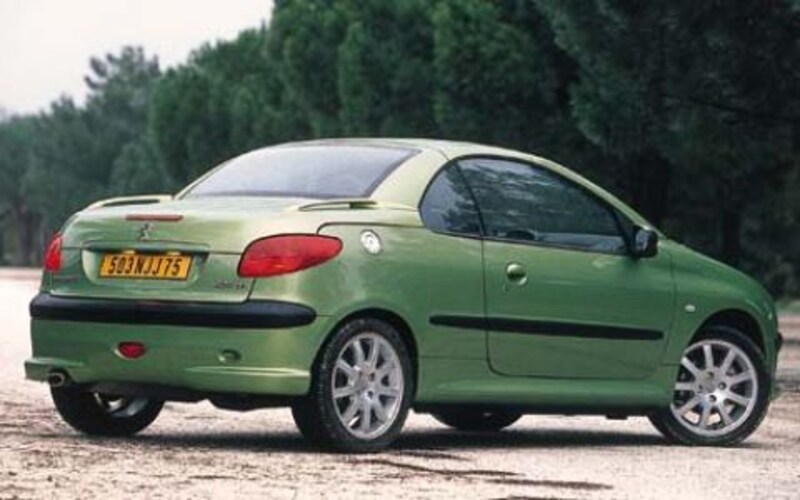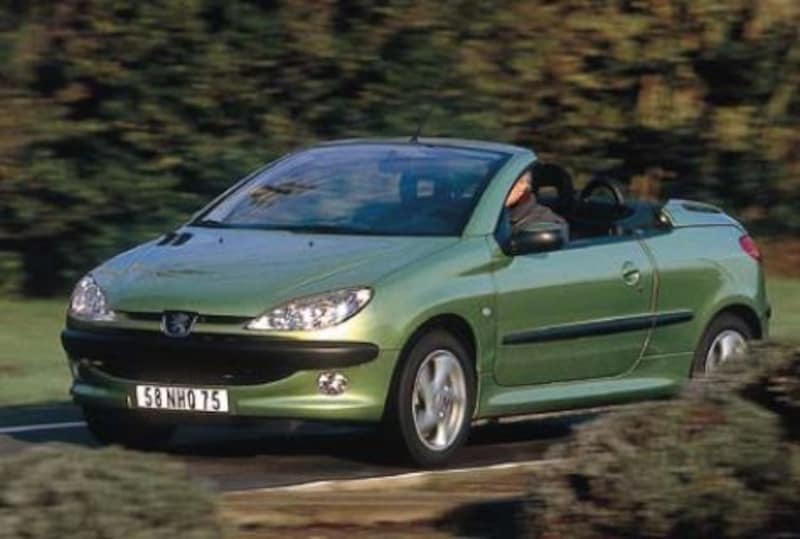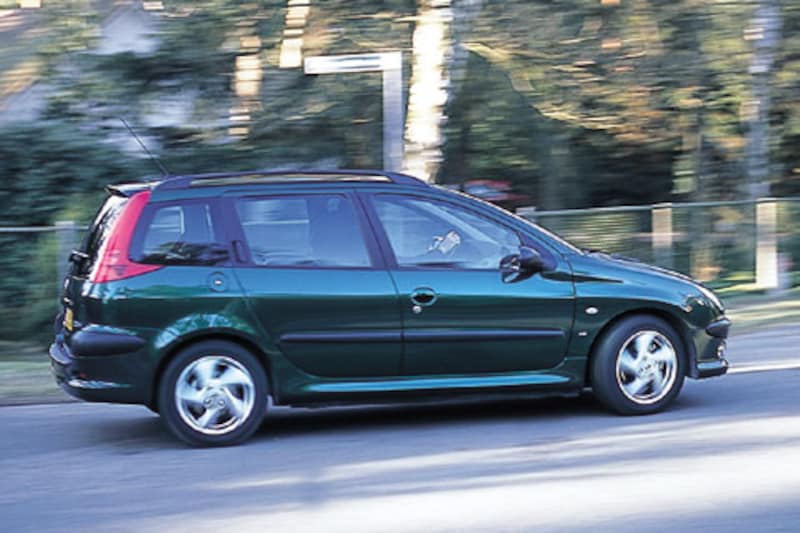The main B-segmenter of 1998


In an earlier installment of the 1998 car year, we ran out of words to describe the Ford Focus, one of the most important newcomers that year, but the Peugeot 206 may well have been just such a milestone. The Peugeot 206 finally replaced the 205, and that was already Peugeot’s savior. What makes the 206 so special that 25 years later we reflect extensively on its arrival?
What did the start-up process look like?
With the French battle. For Peugeot, the 205 is such an important car that the French do not want to give the ‘Holy Number’ and ‘The Redeemer’ a direct successor. Instead, the brand opts for a two-track policy. Those who come from a 205 can switch to a 106 or 306. But the consumer thinks otherwise. The 205 is such a nice intermediate size that the model continues to sell well even in its later days, thanks in part to two farewell editions: first the significant Forever and then the Génération, which will remain available until well into 1998. Meanwhile, competitor Renault picks up the gauntlet that Peugeot leaves by with a brand new Clio. Peugeot sees no other way out than to develop a direct successor to the 205. In 1996 we see the first images of the 206 and two years later the compact hatchback comes on the market.

Two design proposals for the Peugeot 206. On July 25, 1994, two prototypes of ‘Project T1’ are shown in the open air.

A proposal for the five-door version.

We eventually saw this shape of the rear lights on the Peugeot 308, so a long time later.
How revolutionary was the Peugeot 206 really?
Not at all in the beginning. Large parts of the chassis come over from the 106 and 306, which in turn had taken over from … the 205. We already know things like a folding backrest of the co-driver’s seat from Mazda and also the optional storage space under the seat of that chair has already been invented, by Suzuki. However, the 206 is one of the first cars in its segment to be available with a navigation system developed by Siemens. Relatively new systems such as a rain sensor and side airbags are also available at an additional cost.

How was the 206 received?
‘Lyrical’ is far too weak a word here. Peugeot designers have golden pens in the 90s and the 206 is one of the most successful examples of this. Clearly a Peugeot, but with its own and even more modern face than the 106 and 306. The driving proof that a compact car can still look very good. This also applies to the inside, where Peugeot unpacks with frivolous shapes. Quite a difference with the solid Opel Corsa and Volkswagen Polo, which at that time ruled the compact class. Peugeot also took a good look at those two models when developing the chassis. The 206 therefore drives firmly, but with a touch of typical French comfort.
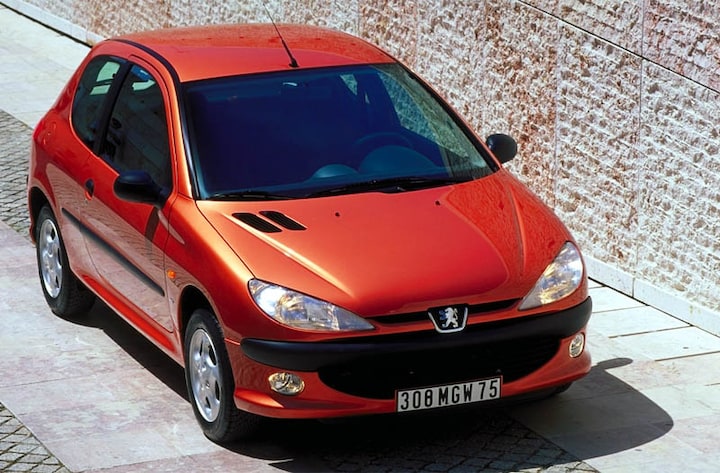
What were the choices for the market launch of the Peugeot 206?
In the motor area, the 206 is certainly not a progressive model. There are three petrol engines, a 1.1, 1.4 and 1.6, which have already gained ample experience in the 205, among others. All four-cylinder engines have eight valves, which is already very dated at the end of the 1990s. The 1.1 with 60 hp is mainly there for the starting price, the 1.4 with 75 hp and the 1.6 with 90 hp are basically the power sources that have to pull the smooth-lined cart. And then there is a 1.9 diesel without turbo, good for a mighty 75 hp and a consumption of 1 to 17.5, also an old acquaintance from the 205. When it was introduced, the 206 was available as a three- and five-door. In terms of equipment, there are five levels, not all of which are available with every engine or coach. The range kicks off with the XN, above that are the XR, XT and the sportier XS, which is only available as a three-door. The top model is the Gentry, which is the only standard with air conditioning and a rain sensor on board.

How was the 206 received by consumers?
If possible even more lyrical than by the press. In 1999 (the first full year of sales), it is the best-selling car in its segment after the Opel Corsa and in the first year of this century, the Peugeot also overtakes its last direct competitor. It turns out to be no fluke, because two years later the 206 is the best-selling car in our country: the first time that a compact model conquers the number 1 position. The 206 goes on registration more than 21,000 times that year, more than 2,000 times more often than the number 2, the Peugeot 307. It takes until 2006 before the beloved little Peugeot disappears from the top 10. 25 years later everyone remembers the commercial for the Peugeot 206 that is, where a man in India, seeing the 206 on a billboard, lets his Hindustan Ambassador be bumped by an elephant until he looks like the sympathetic Peugeot.
What were its competitors?
The Opel Corsa, Volkswagen Polo and Renault Clio are the main competitors, but the Ford Fiesta, Fiat Punto and Seat Ibiza have also been driving around for a while when the 206 appears on the market. Incidentally, with not too much imagination you could also consider Peugeot’s 106 as a competitor. On paper, the 206 is right between 106 and 306, but in practice it is much closer to the former than to the latter. So close, in fact, that with the arrival of the 206, the brand is considerably stripping down the range of its smaller brother to prevent cannibalization.

Any details during his life?
As conservative as the range was when it was introduced, it has become so diverse over the years. In addition to a hatchback, the 206 is later also available as a station wagon (SW) and as an extremely successful convertible (CC) with a steel folding roof. This makes the Frenchman, together with the Mercedes-Benz SLK, a pioneer in the short but fierce Coupé-Cabriolet boom at the beginning of this century. A sedan even appears in markets that appreciate it. Shortly after its introduction, there will also be a whole new generation of 16-valves and various common rail diesels will be introduced, just like sporty versions. The GTI is, especially compared to its legendary predecessor, a bit on the tame side. That is why it is known as the S16 in some markets, including the French and German ones. The 206 SW is also available with the GTI engine, as one of the few power stations in the B segment.

The Peugeot 206 GT with its thick bumpers.
More sensational is the Grand Tourisme, a real homologation special for the 206 WRC. It must be four meters long, while a standard 206 hatchback brings the measuring bar to a maximum of 3.84 meters. Peugeot’s solution is a rather unsightly body kit with huge front and rear bumpers to literally stretch the 206. Sochaux is building 4,000 of them, paving the way for an extremely successful rally car.


Which version appeals the most to the imagination?
The 206 SW GTI and Grand Tourisme are nice oddities, but the most spectacular variant is without a doubt the RC (GTi in England) that will only come after the facelift. Equipped with a modified 2.0-liter four-cylinder 16-valve, the fastest 206 kicks it up to 177 hp and with that the small hot hatch can hit 100 in less than 7.5 seconds. That’s really fast for a hot hatchback in this segment in 2003. Moreover, the RC looks nice and thick and the chassis is just as spectacular as the appearance. Unfortunately, the price is not tender: the 206 RC must fetch almost €28,000, more than €6,000 more than a GTI.


What has been the impact of the 206?
As one of the first modern cars in its class, the 206 proves that a B-segmenter can be more than just a relatively cheap, efficient means of transport. This is largely due to the design, although the large choice of engines and coach variants certainly contribute to its enormous success. The car is so successful that Peugeot provides it with the front of the 207 in 2009 and markets it as a 206+. That does not look very balanced and that immediately negates the main advantage of the model. In 2012, the curtain finally falls with us, although the 206 sedan still rolls off the production line under license to this day (in a fairly grotesque form) in Iran and Tunisia, for example.

How many were built and how many 206s are left?
The exact production number of the Peugeot 206 is difficult to determine, partly because there are so many license-built variants. What we can say with certainty is that it is the best-selling Peugeot of all time in our country: more than 153,000 units. According to the Vinacles data, there are still 76,399 of these with a valid license plate, including 8,451 206+ cars (2009-2013).
Year Number
1998 290
1999 2,554
2000 5,156
2001 7,504
2002 10,617
2003 11,441
2004 10,516
2005 8,005
2006 5,551
2007 2,909
2008 2,571
2009 833
2010 1
source: Vinacles
.
– Thanks for information from Autoweek.nl

